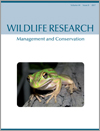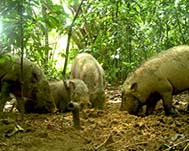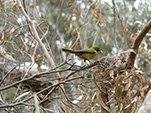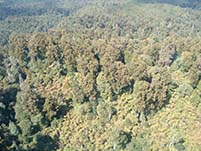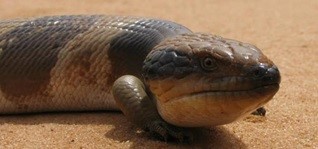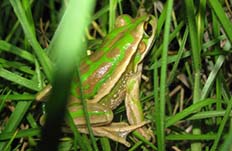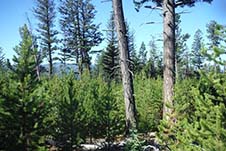WR17104Rodent management issues in South Pacific islands: a review with case studies from Papua New Guinea and Vanuatu
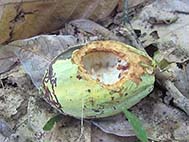
Rodents are a key pest to agricultural and rural island communities of the South Pacific, but there is limited information of their impact on the crops and livelihoods of small-scale farmers. Case studies show that rodents are an emerging problem in PNG and remain an important pest of cocoa in Vanuatu. Improved management could be achieved through training of ecologists, and large, well-funded projects.


